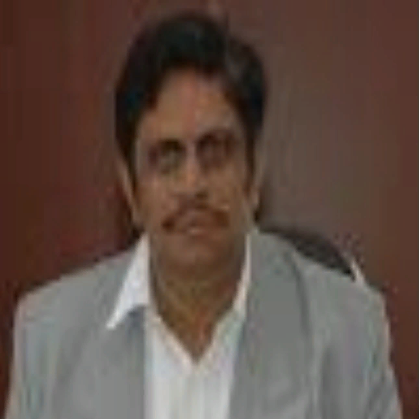
E.Sreenivasa Reddy
Work place: Department of CSE ,Nagarjuna University
E-mail: esreddy67@gmail.com
Website:
Research Interests: Image Processing, Image Manipulation, Image Compression, Pattern Recognition, Computer Vision, Computer systems and computational processes
Biography
Dr. E. Sreenivasa Reddy is the Professor & Principal, University College of Engineering, Acharya Nagarjuna University, A.P.. He has done his B.Tech in Electronics & Communications, from Nagarjuna University, Guntur, Andhra Pradesh, India and M. Tech in Computer Engg from Visveswaraya Technological University,Karnataka,. He has pursued his PhD. In Computer Science & Engineering, Acharya Nagarjuna University, AP, India, 2004 for the title “Authentication using Iris Pseudo Textures Based Fuzzy Vault”.His areas of interest includes Image Processing, Computer vision ,pattern recognition. He has Professional Experience Teaching Experience of over 24yrs, Administrative Experience :15yrs,Research Experience :10 yrs. He has guided many research scholars .He has over 78 research papers published in various journals, 45 conference papers presented, 5 books published.
Author Articles
Curvelet Transform for Efficient Static Texture Classification and Image Fusion
By M.Venkata Ramana E.Sreenivasa Reddy Ch. Satyanarayana
DOI: https://doi.org/10.5815/ijigsp.2018.05.07, Pub. Date: 8 May 2018
Wavelet Transform (WT) has widely been used in signal processing. WT breaks a signal into its wavelets that are scaled and shifted versions of given signal. Thus wavelets are able represent graphical objects. The irregular shape and compact support of wavelets made them ideal for analyzing non-stationary signals. They are useful in analysis in both temporal and frequency domains. In contract, the Fourier transform provides information in frequency domain lacking in information in time domain. Thus wavelets became popular for signal processing and image processing applications. Nevertheless, wavelets suffer from a drawback as they cannot effectively represent images at different angles and different scales. To overcome this problem, of late, Curvelet Transform (CT) came into existence. CT is nothing but the higher dimensional generalization of WT which can effectively represent images at different angles and different scales. In this paper we proposed a CT method that is used to represent textures and classify them. The methodology used in this paper has an underlying approach that exploits statistical features of curvelets that resulted in curvelet decomposition. We built a prototype application using MATLAB to demonstrate proof of the concept.
[...] Read more.Other Articles
Subscribe to receive issue release notifications and newsletters from MECS Press journals